Vicentina Coast
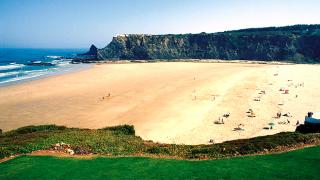
The coastal strip between Odeceixe and Burgau is known as the Vincentina Coast, and is a different part of the Algarve, where the preserved nature has a strong, wild character, creating landscapes of breathtaking majesty.
This area is part of the Natural Park that starts further north in the Southwest Alentejo and is the longest stretch of protected Portuguese coast. The beaches follow one another, some of them long swathes of sand stretching into the distance, others smaller, framed by magnificent schist and limestone cliffs. The choppy sea produces a natural symphony that serves as the soundtrack to this trip by the sea.
Set out from Odeceixe, the most northerly point, a beach that sits on both sides of a stream, offering swimming in the sea and in the river. Here you will find little-frequented beaches, some almost deserted with hidden accesses, such as Praia das Adegas, which is reserved for naturism. Vale dos Homens, Carriagem, Amoreira and Monte Clérigo are other beaches to explore between cliffs covered with vegetation, which here and there offer fabulous views over this rugged coastline.
Aljezur castle, built in the 10th century, was the last to be taken from the Moors, and offers different views of the whitewashed houses, the fields and the Monchique Mountain in the distance. The local cuisine is famous for its sweet potatoes, although the main fare is shellfish - barnacles, limpets and mussels - and fresh fish caught by line: white bream, golden bream and bass, which are delicious grilled with just a little salt.
Continuing south, the landscape is marked by the Pedra da Agulha, an imposing rock that rises out of the sea. It can be seen from Arrifana, Vale Figueiras and Bordeira beaches, which have good conditions for surfing and bodyboarding. But the surfers’ favourite is Praia do Amado, the setting for a number of national and international competitions, and with several surf schools.
Everywhere, fields of brightly coloured flowers surround the country lanes that lead to quiet beaches. Beaches like Barriga, Cordoama and Castelejo, whose sands are connected at low tide, forming a long stretch of golden sand that contrasts with the high black schist cliffs that border them. And there's a bonus for those who are more attentive, since these beaches are frequented by a colony of otters using the marine environment to search for food – quite a rarity.
Further inland is Vila do Bispo, with its parish church covered to the ceiling with tiles. A road leads to Cabo de São Vicente and the Promontory of Sagres, the extreme southwest of Europe which seems to press ahead into the ocean and in the Middle Ages was thought to be the "world’s end”. The fabulous views over the vast sea are dazzling. But this is also the right place to learn more about the history of the Portuguese maritime epic that began precisely in Sagres, exploring its fortress, the Chapel and the 43 metre diameter Rosa dos Ventos (compass). The lighthouse standing on the Cape has a range of 95km and is one of the most powerful in Europe. It is the successor to the 16th century luminaire that was kept burning throughout the night by the Capuchin friars.
This area is also excellent for bird watching, especially in October when species flock here from the north in search of warmer places, and the Birdwatching Festival takes place. But other birds can be spotted at other times of year, like the egret, the Bonelli's eagle and the osprey, which is in danger of extinction and has here one of its last sanctuaries. They will disappear in the blink of an eye if they notice your presence, so it is essential to remain silent and walk on the footpaths.
On the south-facing coast, more beaches await you with excellent conditions for water sports. Apart from surfing and windsurfing, this whole area, which includes Beliche, Tonel, Mareta, Martinhal, Ingrina and Zavial beaches, is ideal for scuba diving and exploring underwater caves and rocky recesses filled with marine life. In both Salema and Burgau, at the edge of the Natural Park, you will find other picturesque beaches where the long tradition of fishing is still very much alive. So comes to an end this tour along one of the most beautiful and unspoilt parts of the European coast, where you truly feel part of nature.


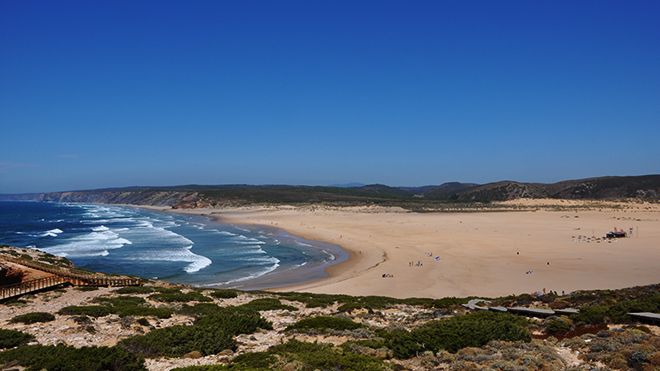





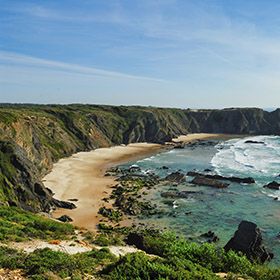
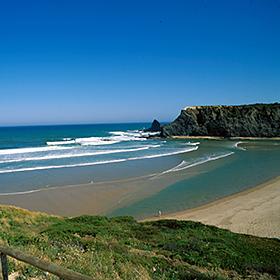
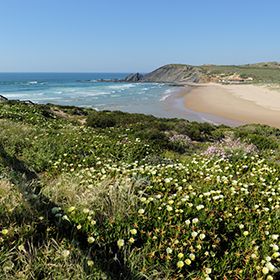
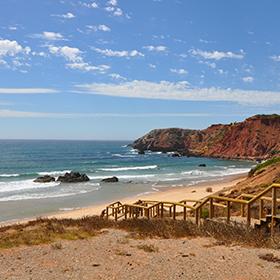
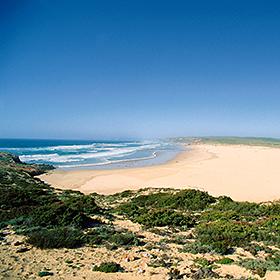
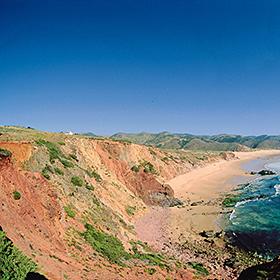

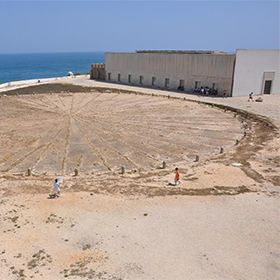
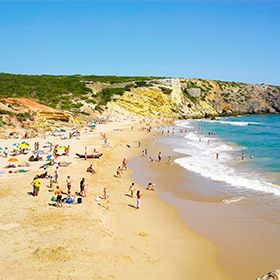
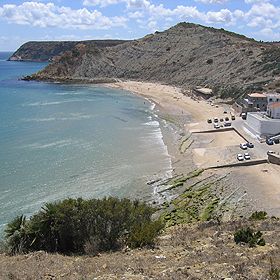

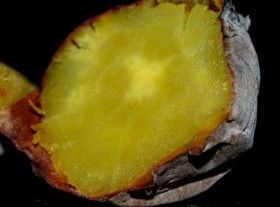
 Explore
Explore 
 Remember and Share
Remember and Share 


